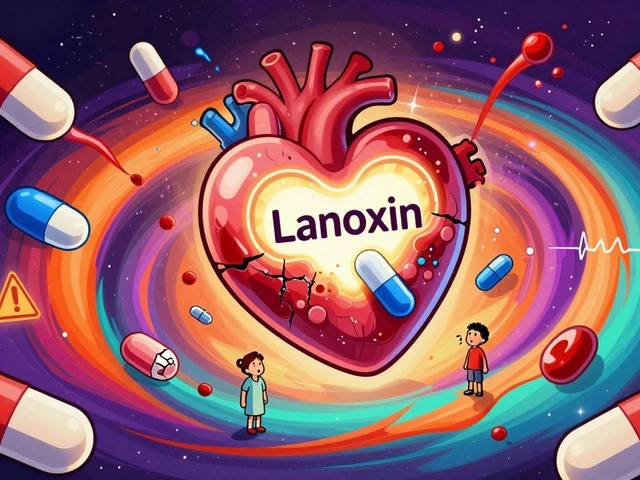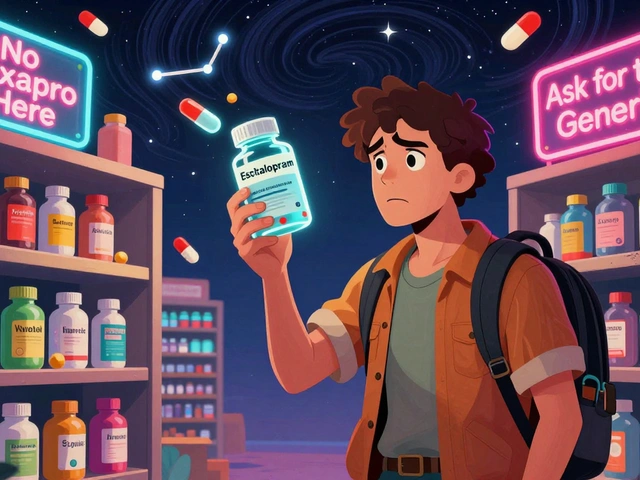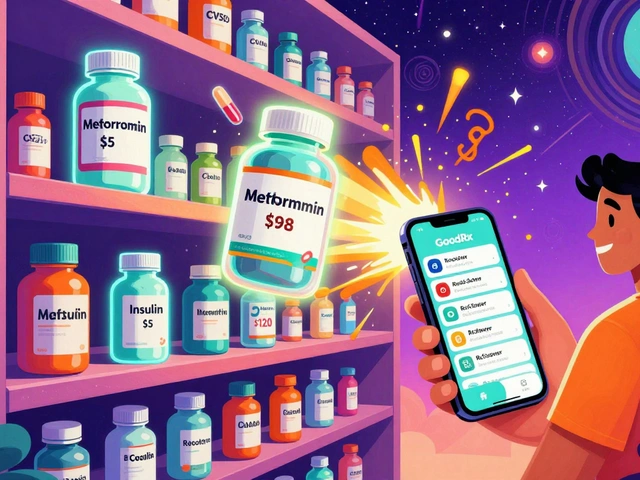Psoriasis Light Therapy Benefits
When exploring psoriasis light therapy, a medical approach that uses specific wavelengths of light to calm inflamed skin and shrink plaques. Also known as phototherapy for psoriasis, it slows the rapid turnover of skin cells and eases itching. psoriasis light therapy benefits include faster clearance of lesions, reduced reliance on topical steroids, and an overall boost in quality of life. Light therapy works by targeting the overactive immune response that drives plaque formation, giving the skin a chance to reset without harsh chemicals.
Key Light Modalities and How They Connect
The most common modalities are Narrowband UVB, a focused band of ultraviolet B light (311‑313 nm) that penetrates the epidermis but spares deeper tissue and PUVA therapy, a combination of psoralen medication and UVA exposure that reaches deeper skin layers. Narrowband UVB encompasses the core benefit of reducing cell proliferation while keeping side‑effects low, making it the go‑to choice for many dermatologists. PUVA requires careful scheduling and a pre‑treatment drug, but it offers stronger results for thick, stubborn plaques. Both treatments influence vitamin D synthesis, which further supports skin repair and immune balance.
Beyond the light source itself, skin health, the overall condition of the epidermis and dermis, acts as both a target and a gauge of success. When light therapy reduces inflammation, the skin barrier improves, leading to less dryness and lower infection risk. Patients often notice smoother texture, lighter coloration, and fewer flare‑ups. However, successful outcomes depend on proper dosing, regular sessions, and medical supervision to avoid burns or long‑term risks like skin aging.
Choosing the right protocol means weighing factors such as plaque thickness, treatment history, and personal lifestyle. For mild to moderate psoriasis, Narrowband UVB requires 2‑3 weekly sessions and typically delivers visible improvement within 8‑12 weeks. When plaques are thick or resistant, PUVA offers a deeper reach but demands pre‑treatment psoralen intake and strict eye protection. Regardless of the method, consistency enables the immune reset that drives lasting remission. Doctors also monitor skin response, adjusting dose based on erythema (redness) to keep therapy safe and effective.
Many patients ask whether light therapy can replace other meds. The reality is that phototherapy often works in conjunction with topical steroids or systemic drugs, allowing lower doses of each and reducing side‑effects. In real‑world practice, a blend of Narrowband UVB and a mild topical agent can keep flare‑ups at bay for months after the course ends. For those who prefer a drug‑free route, a well‑planned PUVA regimen paired with moisturizers and lifestyle changes can serve as a standalone plan.
Now that you understand the core benefits, the most common light modalities, and how they tie into overall skin health, you’re ready to explore specific articles that dive deeper into dosing schedules, safety tips, and patient stories. Below you’ll find a curated list of posts that break down each therapy, compare outcomes, and share practical advice for anyone considering psoriasis phototherapy.
Light Therapy Benefits for Plaque Psoriasis Relief
Discover how light therapy eases plaque psoriasis, its types, effectiveness, safety, and practical tips for using clinical or home phototherapy treatments.





